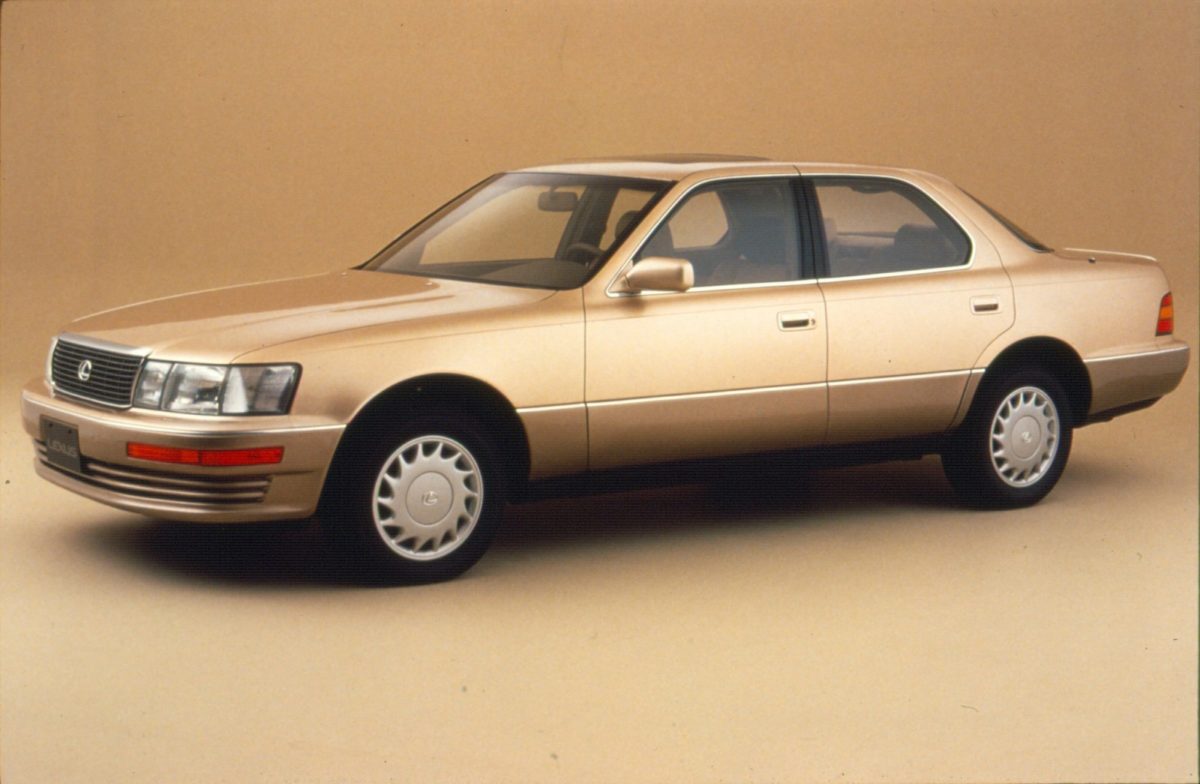History of Lexus' pursuit of perfection


Today, Lexus produces coupes, sedans, crossovers, SUVs and everything in-between. A pretty impressive feat considering that just 30 years ago, there was only one model available: the LS 400. In today’s post, we revisit the early 1980s and take a look at how a new luxury nameplate was born.

Early beginnings
Toyota Chairman Eiji Toyoda set out with a lofty goal in 1983 — to create a luxury vehicle challenging the European benchmark of the day. The company green lights a new project known simply as Circle F, which would later be revealed as the LS 400. Soon after, 450 prototypes are built and in 1986, the first performance testing of the full-size sedan takes place on the German autobahns. One year later, the vehicle’s final design is approved, followed by its official name.

Launch
At one of the world’s premiere automotive industry events, the 1989 Detroit auto show, the LS 400 is unveiled. Sales begin North America, followed by Europe and Australia. Quickly following its critical reception, Lexus follows up with the release of the SC 400 sport coupe. In 1993, the production of the mid-size GS 300 begins.

Brand building
Lexus teases entry into another segment with the FLV concept, a four-wheel drive seven seater. Then in 2000, a whirlwind of activity occurs that first sees the debut of both the entry-level IS 200 and RX 300 crossover, and then the brand’s first hardtop convertible, the SC 430. In 2003, two big achievements are realized: the Lexus Development Center is set up to focus on future innovation, and the first Lexus is built outside Japan at the Cambridge, Ontario plant.

Continued success
The company has reached many more milestones in the new millennium, including developing Lexus Hybrid Drive in 2004, introducing the high performance F Sport division in 2007 and the subsequent LFA supercar in 2009. Many more exciting projects lay ahead, such as the soon-to-be-released 2017 Lexus LC 500 and LC 500h.

